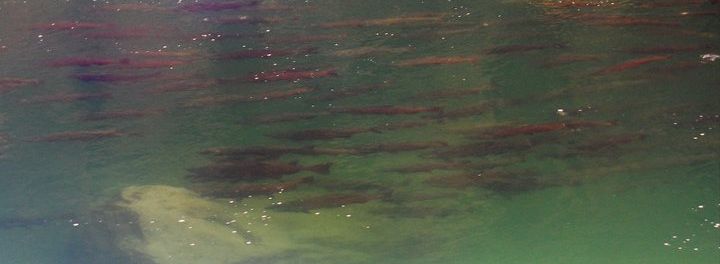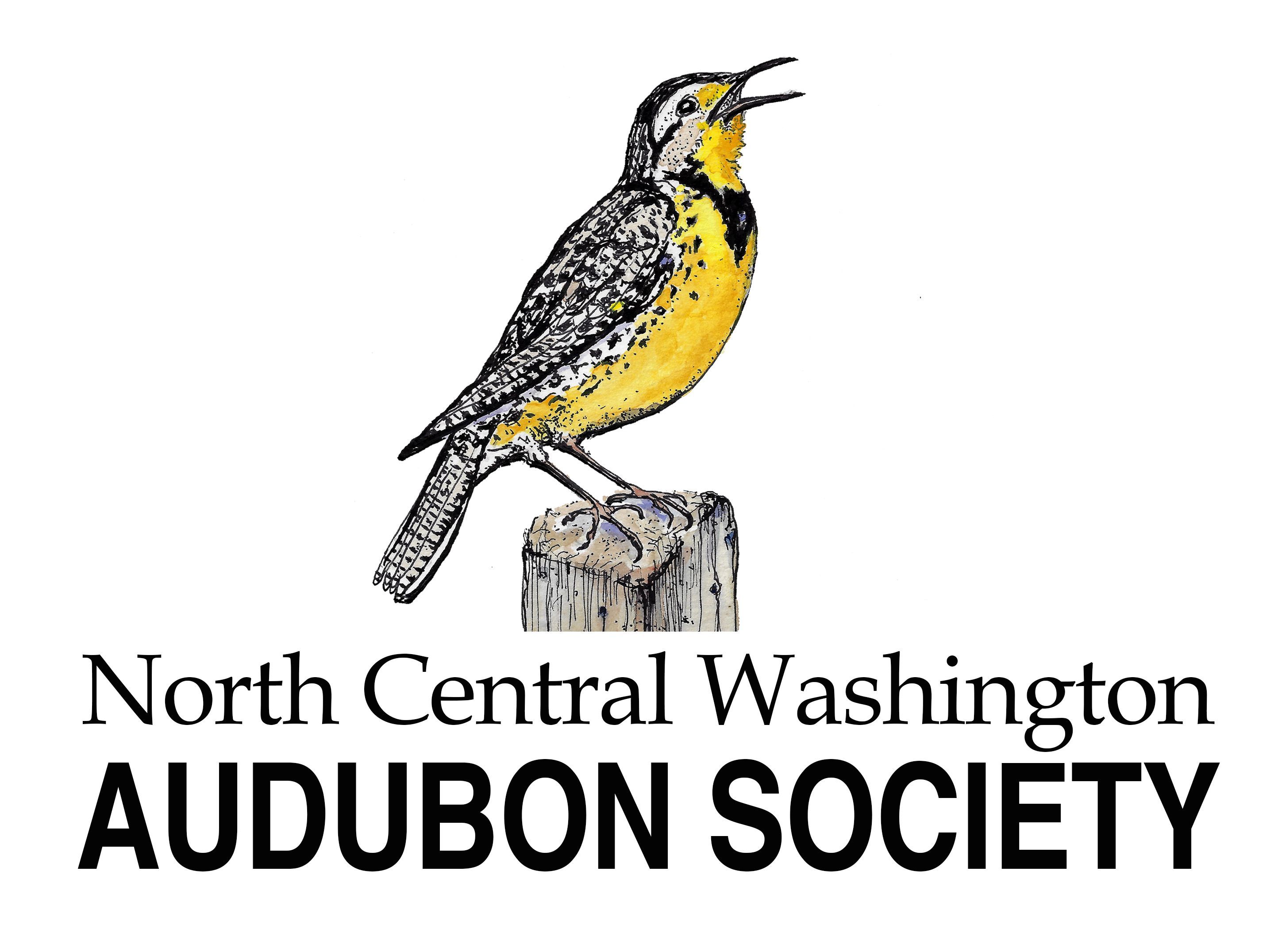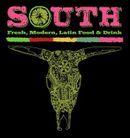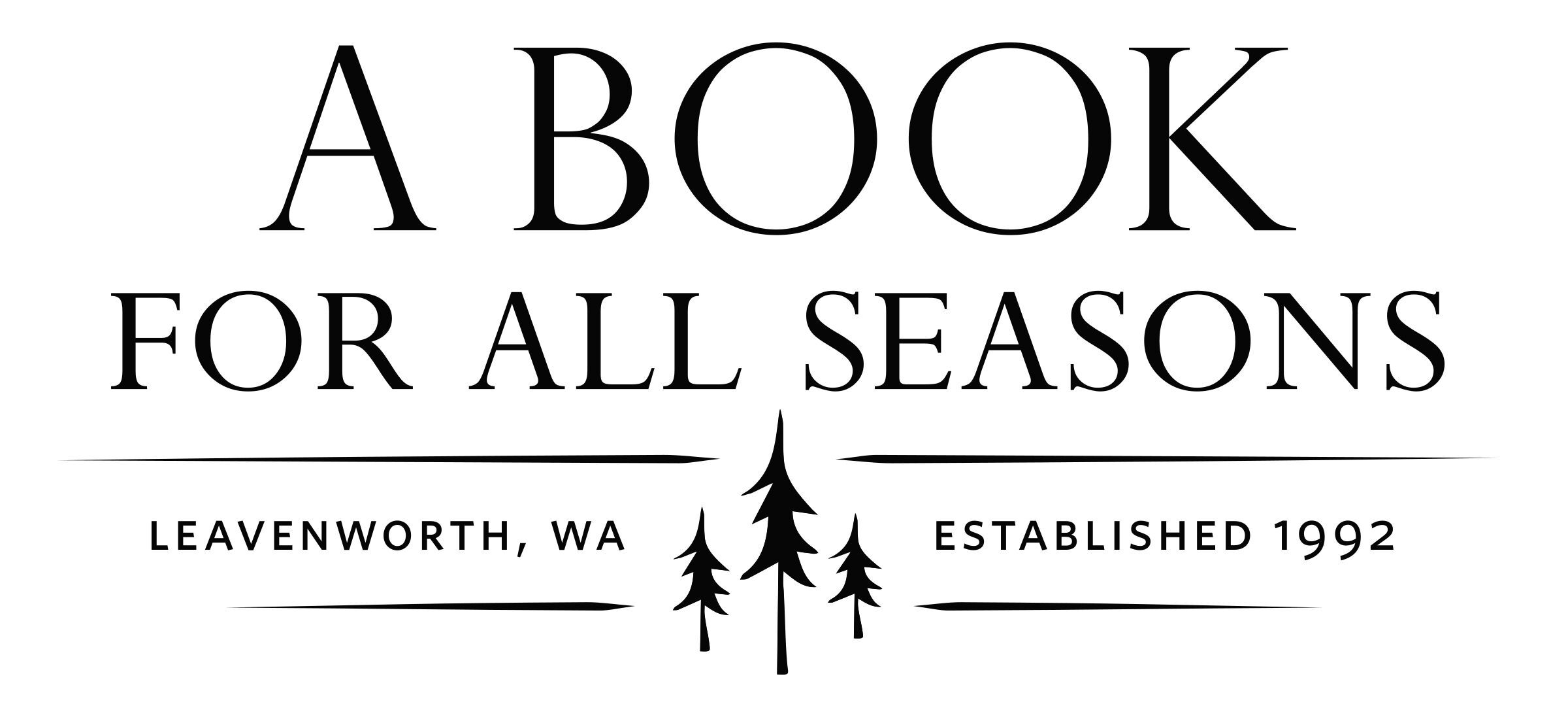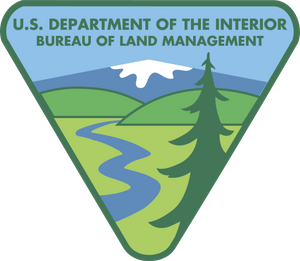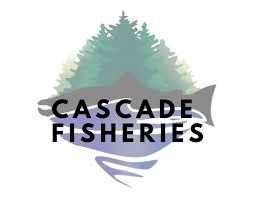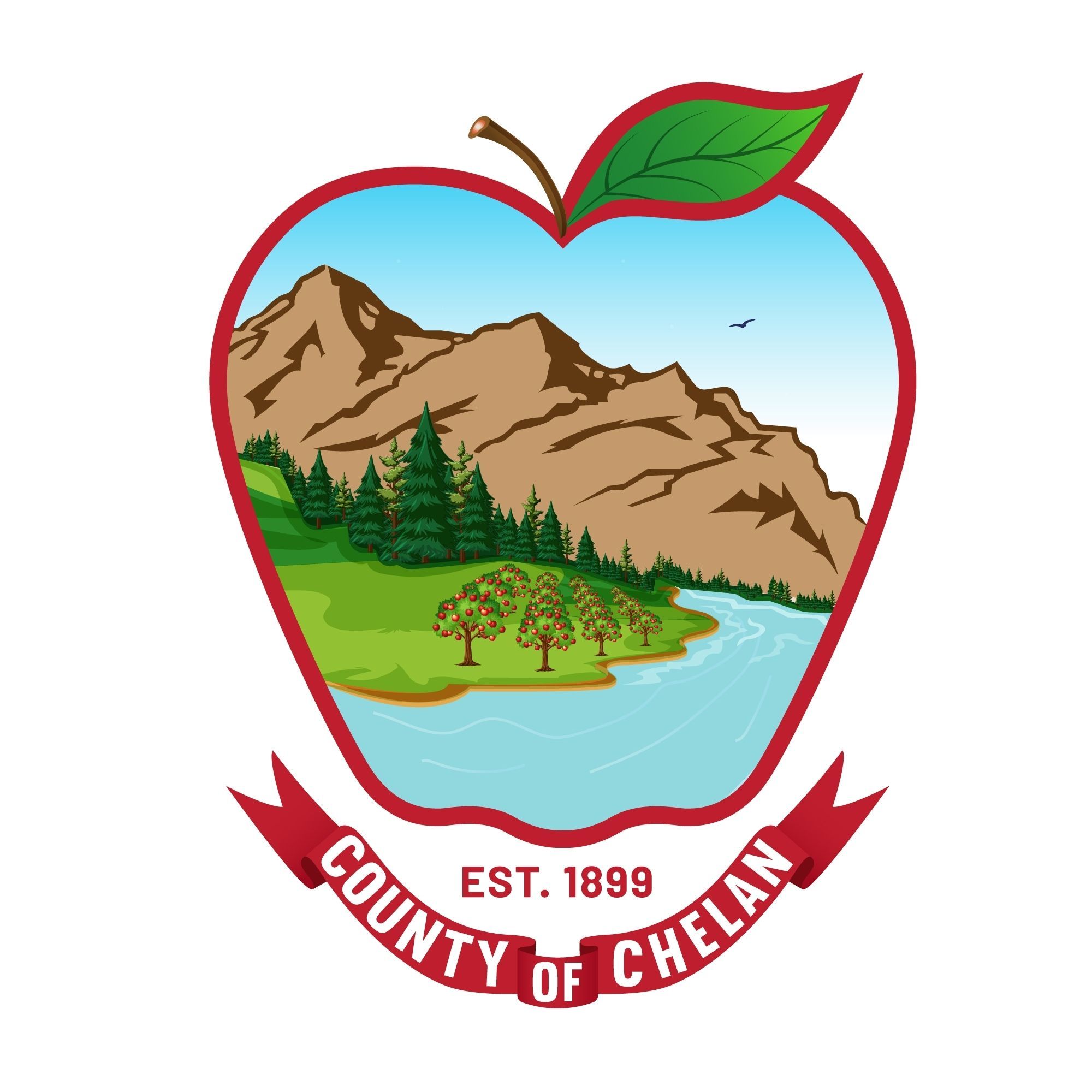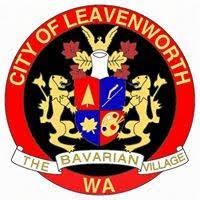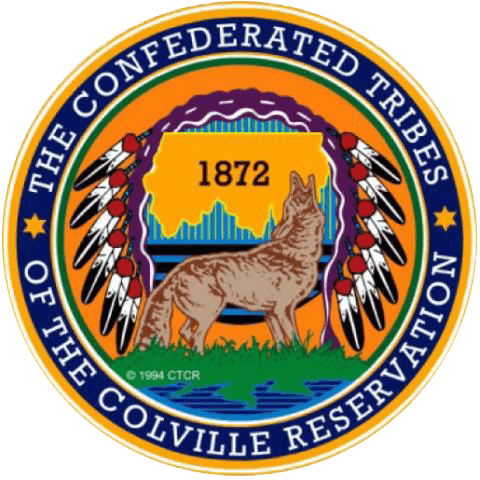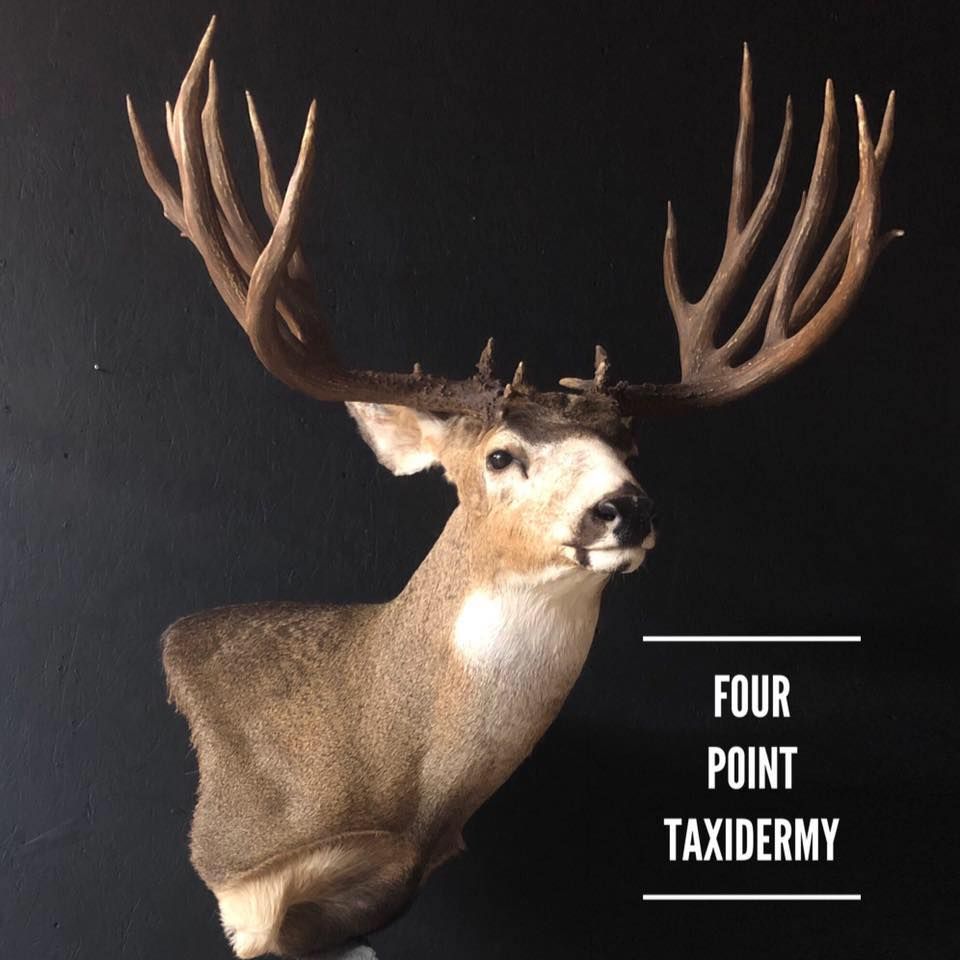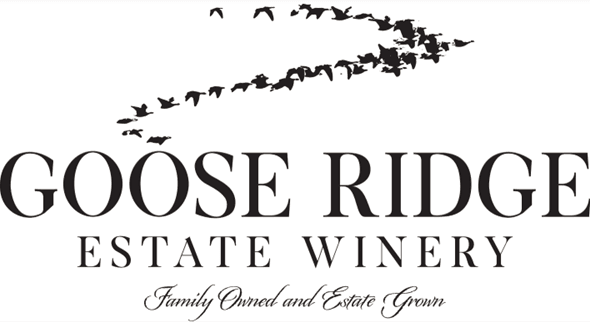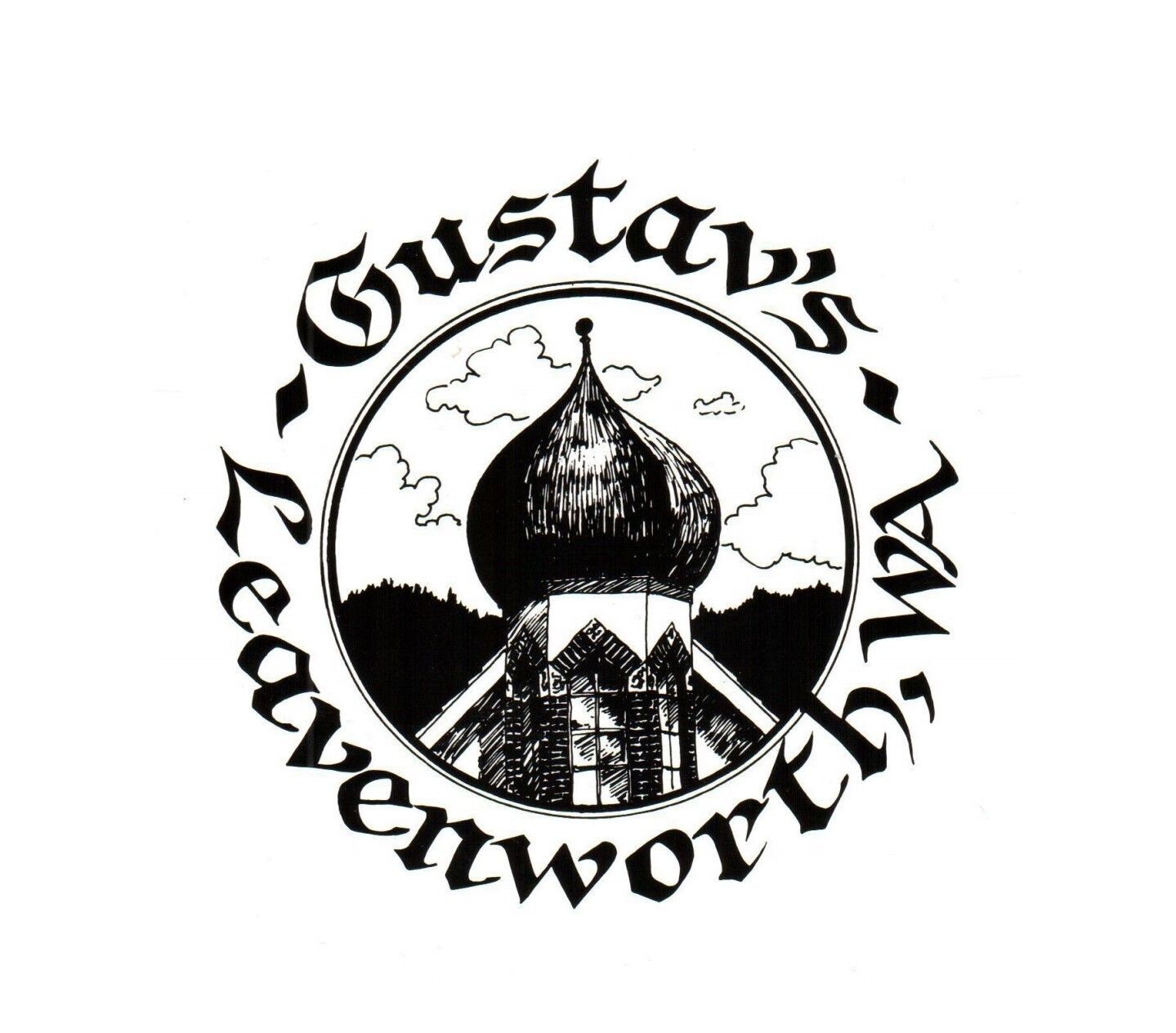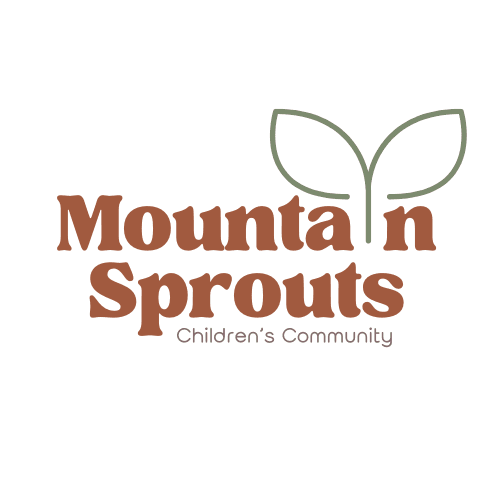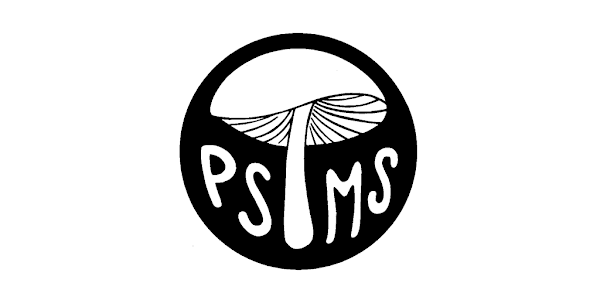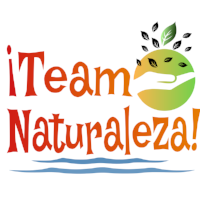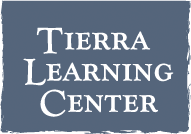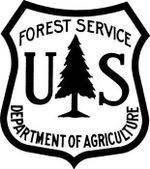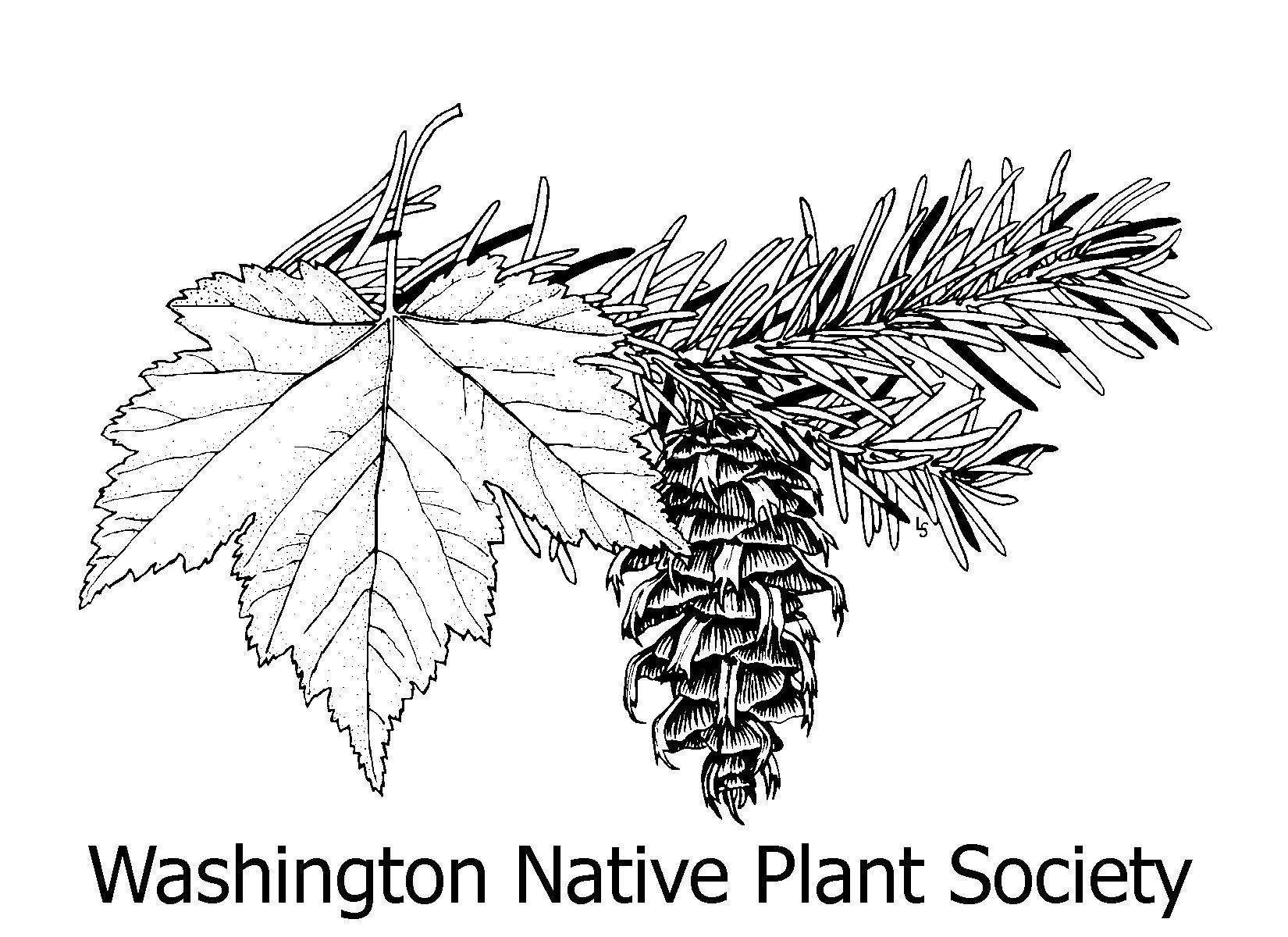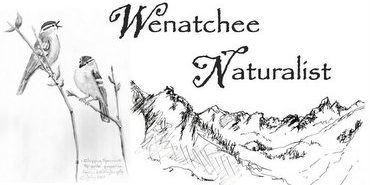CANCELLED Red Barn Event: Clark's nutcrackers, pivotal players in whitebark pine habitats of Washington's Cascades
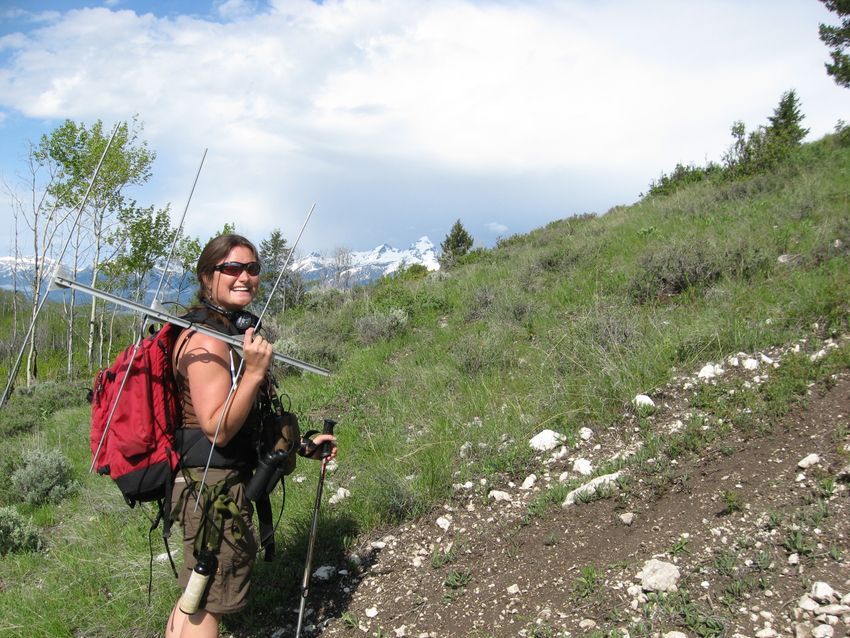
Clark’s nutcrackers and whitebark pines have a fascinating relationship: the trees provide rich, fatty seeds (with more calories per pound than chocolate), and the birds plant them - a single bird may bury up to 98,000 seeds in a year. These food caches help the birds survive the winter and the leftovers grow into new trees! In fact, whitebark pines are obligate mutualists (one organism cannot survive without the other) of nutcrackers because the pines only grow from this bird's caches.
The problem now is that whitebark pine is rapidly disappearing range-wide due to infection by nonnative white pine blister rust, outbreaks of mountain pine beetles, decades of fire suppression, and the interaction of these factors with climate change. Evidence suggests this decline is also leading to fewer Clark's nutcrackers. Fewer nutcrackers leads to fewer cached seeds, which means we could wind up with even fewer whitebark pines. Whitebark pine is particularly important to protect because it is a keystone species in Washington's Cascades, contributing to biodiversity, ecosystem structure and hydrologic cycling, and many animal species depend on its high-energy nuts.
While whitebark pine restoration efforts are underway, these efforts will not be effective if Clark’s nutcracker populations decline or their habitat selection changes to a degree that they are not available to disperse seeds. We currently have limited information on Clark's nutcracker population status and behavior.
That's where Taza Schaming comes in. Beginning in 2009, as a PhD student at Cornell University, continuing as a research associate with Northern Rockies Conservation Cooperative, Taza has been investigating the stability and resilience of the whitebark pine-Clark's nutcracker mutualism, with the ultimate goal of suggesting management strategies to help ensure persistence of Clark’s nutcrackers, and their important seed dispersal function. Taza began working in the Greater Yellowstone Ecosystem, trapping, surveying, radio-tracking, satellite-tracking, and monitoring nests to study movement, habitat selection, and social behavior.
In 2018, she expanded into Washington's Cascades, satellite-tagging nutcrackers to focus on evaluating habitat use and selection, seed dispersal movements, and long distance emigration patterns in order to inform local whitebark pine management plans, and to identify and prioritize areas for whitebark pine conservation or restoration. In spring 2020, Taza will be satellite-tagging additional nutcrackers, working with Central Washington University students to begin a citizen science nutcracker monitoring project, and continuing to analyzing the satellite data for publication.
Doors open at 6:30 for community social and with local beer and wine available for purchase. Presentation begins at 7:00.
Photo provided by Taza Schaming.

